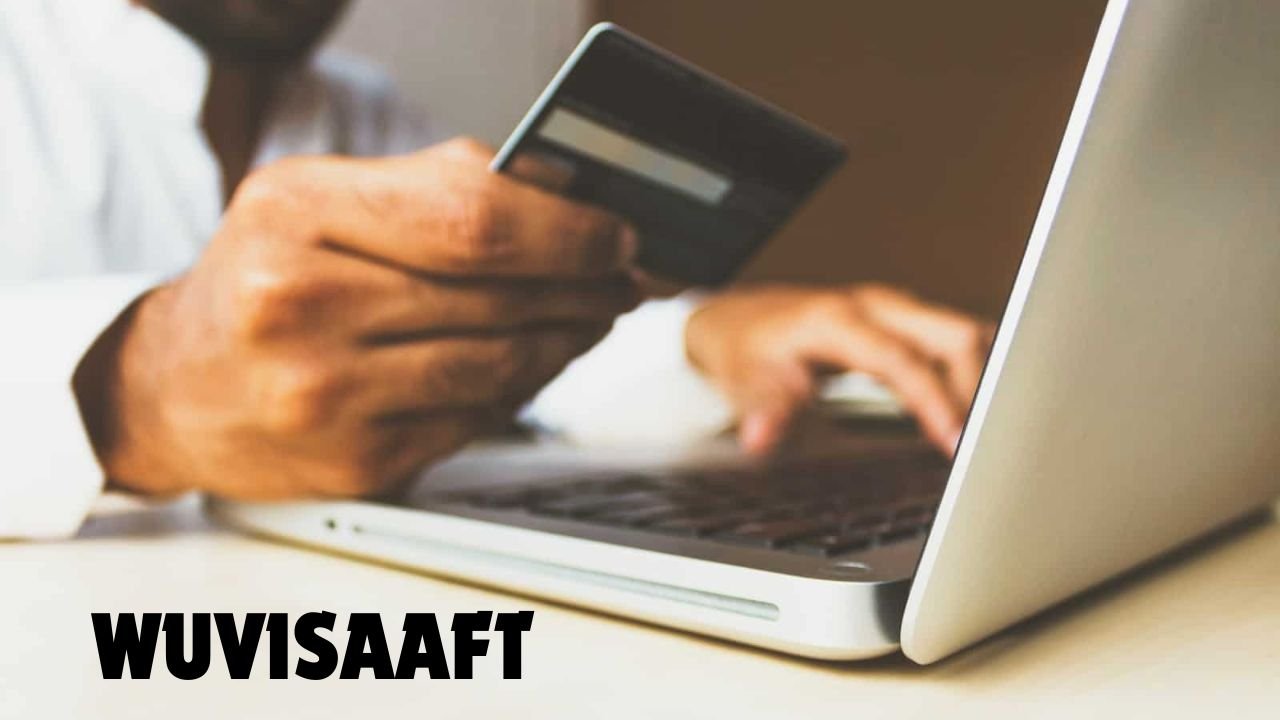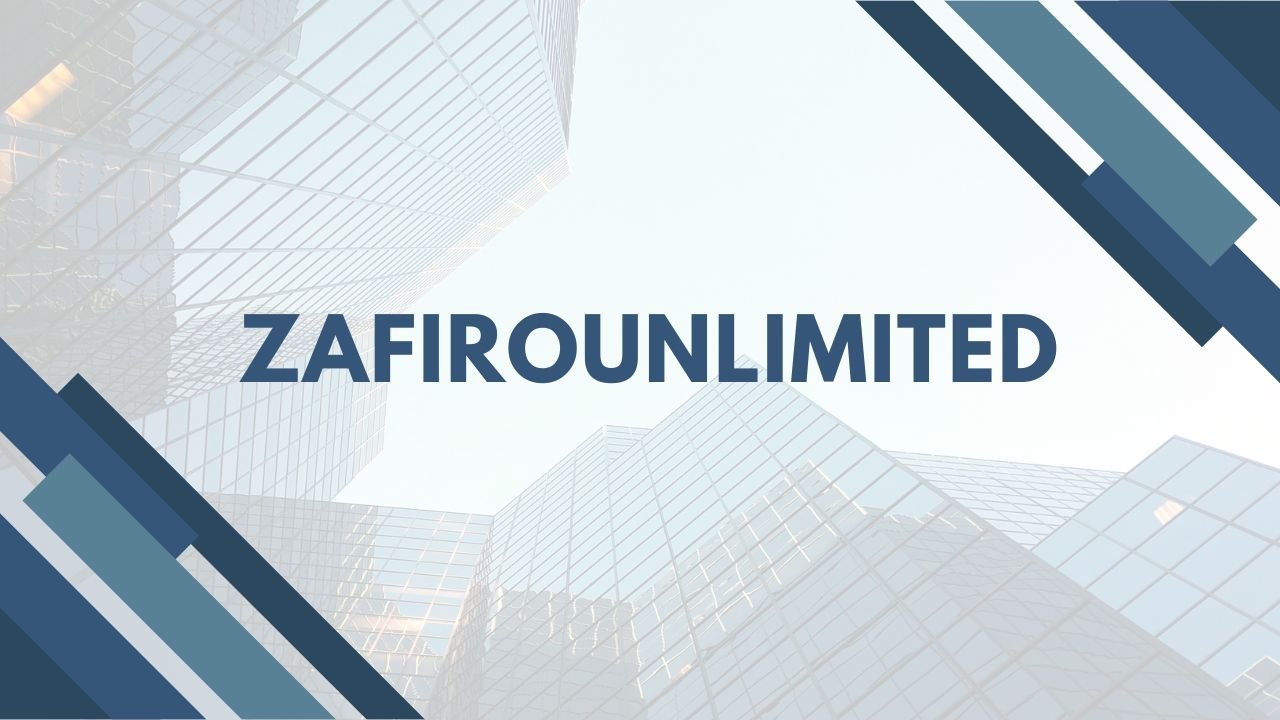Have you noticed a mysterious charge labeled “WUVISAAFT” on your bank statement and wondered what it means? You’re not alone. Many frequent travelers, online shoppers, and even financial advisors encounter this term. It’s important to understand what WUVISAAFT represents, its implications on your finances, and how you can avoid unnecessary costs.
In this blog post, we’ll unravel the mystery of WUVISAAFT, breaking down its elements and explaining its significance in financial transactions. By the end, you’ll have a clear understanding of this charge and practical tips to manage or avoid it altogether. Whether you’re a globe-trotter sending money across borders or a savvy online shopper, this guide is for you.
Let’s get started by exploring what WUVISAAFT actually means.
What is WUVISAAFT? A Detailed Breakdown
Understanding the Acronym
WUVISAAFT is an acronym that stands for Western Union (WU), Visa (VISA), and Account Funding Transaction (AFT). Each component plays a crucial role in defining the charge that appears on your financial statements.
- Western Union (WU): Known for its global reach, Western Union facilitates money transfers worldwide. It’s a popular choice for sending and receiving funds quickly and securely.
- Visa (VISA): Visa Inc. is a multinational financial services corporation famous for its credit and debit card services. It connects users with banks and merchants globally, making transactions seamless.
- Account Funding Transaction (AFT): This term refers to using a credit or debit card to fund an account or transfer money. It’s a common way to move funds between accounts or pay for services online.
By combining these elements, WUVISAAFT describes a specific type of transaction that involves using a Visa card to fund a Western Union transaction. But how does this process work in practice?
How WUVISAAFT Works
The Process Explained
Understanding how WUVISAAFT charges are applied can help you manage your finances effectively. Let’s take a step-by-step look at the process and what it involves.
- Initiating the Transaction: When you decide to use Western Union to send money, you start by choosing a funding method. This could be a credit or debit card, such as Visa, to complete the transaction.
- Processing the Payment: Once you enter your card details, Western Union processes the payment through Visa’s network. This step involves verifying your card information, ensuring sufficient funds, and calculating any applicable fees.
- Completing the Transfer: After processing the payment, Western Union completes the money transfer to the recipient. The transaction is recorded as an Account Funding Transaction (AFT) on your bank statement, often labeled as WUVISAAFT.
Examples of WUVISAAFT Transactions
To make this process clearer, let’s explore some scenarios where you might encounter a WUVISAAFT charge:
- International Money Transfers: Suppose you’re traveling abroad and need to send money to family back home. Using Western Union with your Visa card can result in a WUVISAAFT charge as part of the transaction.
- Online Purchases: You might also see this charge when buying goods or services online that require funding through a Western Union transfer.
- Cross-Border Transactions: If you’re engaging in cross-border business deals, using Western Union as a payment method can trigger these charges, especially when using a Visa card.
Understanding these examples helps you recognize when a WUVISAAFT charge might appear on your statements. But why do these charges occur in the first place?
Reasons for WUVISAAFT Charges
Common Scenarios Explained
WUVISAAFT charges can seem perplexing, but they often arise from specific transaction scenarios. Let’s explore some common reasons for these charges and how they apply to different financial activities.
- Domestic and International Transfers: Whether you’re sending money within your country or overseas, using Western Union can trigger WUVISAAFT charges. These fees cover the cost of facilitating secure, efficient transfers through Visa’s network.
- Visa Card Utilization: Another reason for these charges is the use of a Visa card for funding transactions. Visa’s comprehensive network ensures seamless processing, but it comes with associated fees that contribute to the WUVISAAFT charge.
- Currency Conversion: If your transaction involves currency conversion, additional charges may apply. Converting money from one currency to another incurs costs that are factored into the overall WUVISAAFT charge.
Understanding these scenarios provides insight into why these charges appear on your financial statements. But what impact do they have on your finances?
Implications of WUVISAAFT Charges
Financial Impact on Your Statements
WUVISAAFT charges can have various implications on your financial health, affecting your budget and overall spending. Let’s explore how these charges impact your bank statements and what to watch out for.
- Transparent Billing: While WUVISAAFT charges are transparent and itemized, they can still surprise you if you’re not expecting them. Regularly reviewing your bank statements helps you stay informed and avoid unexpected costs.
- Additional Fees: Besides the standard WUVISAAFT charge, extra fees might apply depending on the specifics of your transaction. These can include service fees, currency conversion costs, and processing charges.
- Budget Considerations: Frequent travelers and online shoppers must factor WUVISAAFT charges into their budgets. Being aware of these charges helps you allocate funds wisely and avoid overspending.
Understanding the financial implications of these charges empowers you to make informed decisions. But how can you avoid or minimize them? Let’s explore some practical tips.
How to Avoid WUVISAAFT Charges
Tips and Alternatives for Avoidance
Avoiding WUVISAAFT charges can help you save money and streamline your financial transactions. Here are some practical tips and alternatives to consider.
- Choose Alternative Payment Methods: Instead of using a Visa card for Western Union transactions, explore other funding methods like direct bank transfers or online payment platforms. These alternatives might offer lower fees or no charges at all.
- Plan Your Transactions: If you frequently send money abroad, plan your transfers strategically. Consolidate smaller transactions into larger ones to reduce fees and minimize the impact of WUVISAAFT charges.
- Research Currency Conversion Rates: If your transaction involves currency conversion, research the rates and fees associated with different providers. Opt for services that offer competitive rates and minimal conversion costs.
By implementing these strategies, you can reduce or eliminate WUVISAAFT charges, optimizing your financial transactions for efficiency and cost-effectiveness.
You May Also Like: FTMÇ Revolutionizing Financial Technology
Conclusion
Understanding WUVISAAFT charges is essential for anyone engaged in frequent financial transactions, especially travelers and online shoppers. By grasping the meaning and implications of these charges, you can make informed decisions and manage your finances effectively.
We’ve explored the breakdown of WUVISAAFT, how it works, and the common scenarios that trigger these charges. Additionally, we’ve discussed their financial impact and provided practical tips for avoiding or minimizing them.
Armed with this knowledge, you can confidently engage in financial transactions, knowing how to manage and optimize your spending. For further resources and support, consider reaching out to financial advisors who specialize in travel finance and money management.
FAQs
What does WUVISAAFT stand for?
WUVISAAFT stands for Western Union (WU), Visa (VISA), and Account Funding Transaction (AFT). It describes a charge incurred when using a Visa card to fund a Western Union transaction.
How can I identify WUVISAAFT charges on my bank statement?
WUVISAAFT charges appear as itemized entries on your bank statement, usually alongside other transaction details. Regularly review your statements to detect these charges.
Are there ways to avoid currency conversion fees with WUVISAAFT transactions?
Yes, you can avoid currency conversion fees by choosing providers with competitive rates or using services that offer currency-locking options. Additionally, planning your transactions strategically can minimize conversion costs.










